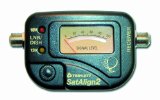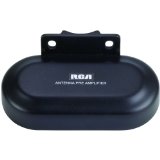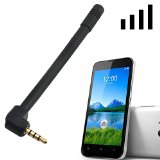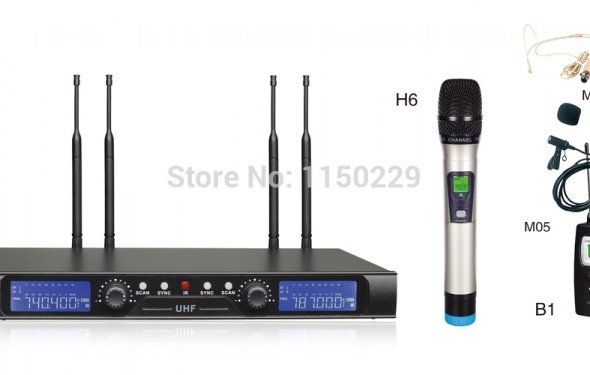Digital Channel frequencies
How do different digital TV channel frequencies impact broadcast performance?
August 14, 2019 – 08:46 pm
Due to the difference in wavelength for UHF and VHF indicators, VHF broadcasts need a bigger antenna for smooth reception. However, VHF signals are easier to receive through obstacles eg woods or huge poles. VHF diffracts around these hurdles and comes in at 40 % signal, while UHF can just only manage 10 percent sign in the same circumstances.
Many digital tv channels in the usa now make use of UHF, but there are a number of VHF channels. Since electronic television creates a photo that is either perfect or empty, you will need to buy the correct antenna for all offered networks.
Channel two in North America has a wavelength of around 5.5 meters, whilst the cheapest UHF station has actually a 64-centimeter wavelength. Effective VHF antennas tend to be as long as 3 yards, while a comparable UHF antenna is 1 meter. Modern roofing antennas have actually a smaller sized Yagi put into front side of a bigger log-periodic, providing both UHF and VHF-high indicators.
Find out more about Television & Video
Source: www.reference.com

|
KING SL1000 SureLock TV Antenna Signal Meter
Automotive Parts and Accessories (Electronic Controlled Systems, Inc., DBA KING)
- Signal meter for your RV over-the-air TV antenna
- Connects in-line with your antenna
- LED feedback displays signal strength
- Variable sensitivity adjustment to work with TV towers both near and far
|

|
Triplett SatAlign 2 3275 Digital Satellite Signal Strength Meter with Tone for DISH and DirecTV
BISS (Triplett)
- Sensitive MMIC Meter Amplifier, works with DISH and DirecTV satellite dishes; not compatible with SWM units
- Fast response speed adjustments
- Analog meter for easy readout and audible tone changes pitch with signal strength
- Expanded scale meter for precise alignment
- LED power and polarization indicators
|

|
RCA TVPRAMP1Z Preamplifier for Outdoor Antenna
Speakers (RCA)
- Designed specifically to improve the performance of outdoor antennas in low signal strength areas
- Switchable FM trap reduces interference from FM frequencies
- REFER TO ALL THE RELEVANT DOCUMENTS BELOW BEFORE USE.
- Preamplifier for outdoor antennas extends range in low signal strength areas
- RCA s advanced SmartBoostTM technology amplifies weak signals to deliver the most channels possible
- Optimizes performance with separate UHF/VHF amplification
- Switchable FM trap to prevent interference from FM signals
- Use in all difficult reception areas
- Designed and engineered in the USA
- ** VERY IMPORTANT**DISCLAIMER: Reception quality and channels received will depend on distance from towers, broadcast power, terrain and other factors. Hence kindly...
|

|
Gain 5 dBi 3.5mm Signal Strength Booster Antenna GPS Mobile Cell Phone
Wireless (millyyujing19880920)
- Enhance the digital/analogue signal and strength signal quality.
- Gold plated connector for better signal transfer.
|

|
Winegard RFL-342 SensarPro White TV Signal Strength Meter
Automotive Parts and Accessories (Winegard)
- Helps find available digital local programming fast and easy
- Compatible with all Winegard Sensar antennas
- Replaces the existing power supply
- Scan, Seek and Channel search modes with adjustable gain and volume control
- Cables/Outputs included: Antenna IN, Cable IN, TV1 OUT and TV2OUT
|
Popular Q&A
I don't have cable or satellite, we hooked outdoor antenna up and have had great reception but not now, WHY!!? | Yahoo Answers
ever since television stations went digital we have had our televisions hooked up to an outdoor antenna and have gotten great reception until about two weeks ago now we have no signal, why has this happened and can we do anything to correct it???
Check the cable. You may have had a hungry rat or squirrel chewing on your wires. If that doesn't reveal any problem, plug the antenna input into a different TV and see if that works. If so, it's your TV. If not, it's the antenna or cable. If the first two fixes don't work, try running a second cable from the antenna to the TV to completely bypass the original cable. Finally, verify that the antenna is positioned properly and didn't get blown off line or something.
Related Posts





